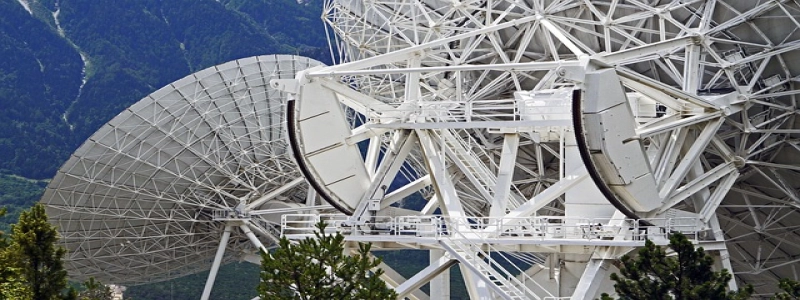Wavelengths: Unlocking the Potential of US Cellular Networks
Introduction:
In the era of advanced technology, cellular networks play a vital role in keeping us connected at all times. One of the key factors that determine the efficiency and speed of these networks is the use of specific wavelengths. In this article, we will explore the impact of wavelengths on US cellular networks and how they unlock the potential for seamless communication.
I. Understanding Wavelengths:
Wavelengths refer to the distance between consecutive peaks or troughs of a wave. In the context of cellular networks, they represent the frequency at which data is transmitted between devices. The shorter the wavelength, the higher the frequency, and vice versa.
II. Importance of Wavelengths in Cellular Networks:
1. Bandwidth:
Wavelengths directly affect the bandwidth available for data transmission. By utilizing a wider range of wavelengths, cellular networks can achieve greater bandwidth, allowing for faster and more efficient communication. This is particularly crucial in today’s world, where data-intensive applications such as video streaming and online gaming are prevalent.
2. Signal Strength:
Wavelengths also impact signal strength. Different wavelengths propagate differently through various obstacles such as buildings, trees, and other structures. By utilizing the appropriate wavelengths, US cellular networks can improve signal strength and ensure consistent connectivity even in challenging environments.
III. Wavelengths and 5G Technology:
The advent of 5G technology has revolutionized the telecommunications industry, promising ultra-fast speeds and near-zero latency. Wavelengths play a critical role in enabling the capabilities of 5G networks. These networks utilize higher-frequency wavelengths, such as millimeter waves, to achieve blazing-fast speeds and accommodate a massive number of connected devices simultaneously.
IV. Challenges and Solutions:
1. Range Limitations:
Higher-frequency wavelengths used in 5G networks have shorter propagation ranges compared to lower-frequency ones. To address this challenge, US cellular providers are deploying a denser network of smaller cells to ensure widespread coverage and seamless connectivity.
2. Interference:
Higher-frequency wavelengths are more prone to interference from various sources such as weather conditions and physical obstructions. To overcome this, advanced signal processing techniques and beamforming technologies are employed to enhance the reliability and stability of the networks.
V. Conclusion:
Wavelengths are the foundation that enables US cellular networks to offer reliable, high-speed, and consistent connectivity. As technology continues to advance and data demands increase, the optimization of wavelengths becomes even more critical. By harnessing the potential of specific wavelengths, US cellular networks will continue to evolve, delivering an unparalleled user experience and shaping the future of communication.








